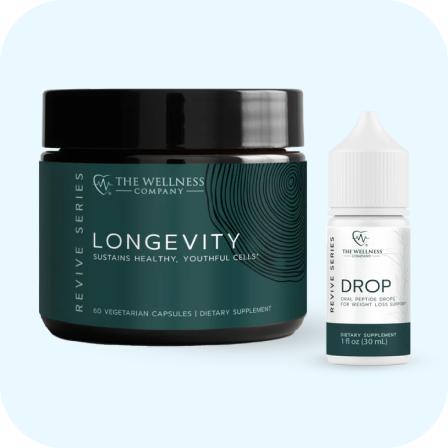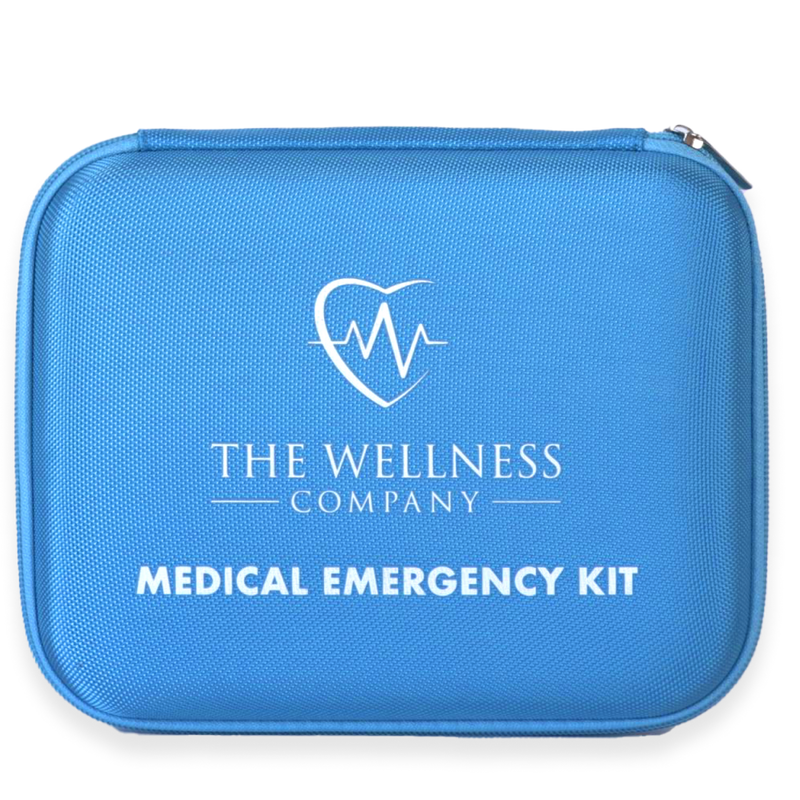Step Count Science: The Hidden Health Benefits of Winter Walking

As the cold months approach, many of us find ourselves firmly in hibernation mode. Comfortably nestled indoors, we sip on warm drinks, binge watch the latest hit TV shows, and perhaps indulge a little too often in our favorite comfort foods. Of course, there’s nothing inherently wrong with prioritizing restoration. There’s certainly a time and a place in our overworked world for a season of cozy hibernation, where we prioritize genuine rest.
But it's crucial to remember that as far as our health is concerned, our bouts of restorative rest must be punctuated by periods of exercise, the benefits of which are no less powerful in the winter months.
To be effective, exercise doesn’t need to be complicated. According to a study published last week in the Journal of the American College of Cardiology, improving one’s health can be as easy as getting a few hundred (or thousand) more steps every day.
In today’s article, we’ll be delving into the study in hopes of answering a few practical questions: how much walking is needed to get a meaningful health benefit? Is more always better? At what point do we see diminishing returns?
The Science Behind the Steps
The study in question was a meta-analysis (a study of studies) which looked at data from over 100,000 people across 12 studies. The primary outcomes were all-cause mortality and the incidence of cardiovascular disease (CVD). When they crunched the numbers, the researchers found that even a modest increase in daily steps had meaningful health benefits. For instance, taking as few as about 2,600 steps a day – roughly a mile – yielded an 8% reduction in all-cause mortality in comparison to people who walked less. Similarly, when the outcome was heart disease, approximately 2,800 steps a day was the “minimum effective dose” which led to notable CVD benefits.
But the benefits of walking don't plateau at these numbers. Progressive risk reductions (up to 60%) were observed up to about 8,800 steps a day for mortality and about 7,200 steps a day for CVD. Even greater benefits are seen as those numbers continue to rise.
While the number of steps is important, the pace at which you take them matters too. Transitioning from a low to a moderate or high step cadence (speed) was independently linked with reduced mortality risks. See the data for yourself, below.

Walking in Winter: Why It's Worth It
It's no secret that during the colder months, our step count tends to decrease. The biting cold and shorter days can undoubtedly make the idea of a brisk walk less appealing. And in a reactive health-care system obsessed with quick-fixes and pharmaceutical interventions, it's easy to forget how something as simple as staying moderately active can support your health.
However, consider that by just getting out for an hour a day, you can – according to the data – reduce your risk of all-cause mortality by 60%!
Apart from the cardiovascular effects of getting your heart pumping, and other physical health benefits (enhanced immunity, better bone density), walking serves another important purpose, which is especially relevant in the winter: it supports our mental well-being. A stroll outside can help clear the mind, reduce stress, and elevate mood—something we all could use a bit more of during the gloomy winter months.
One other additional benefit to note: exposing your eyes (and thus your brain) to light during the winter days – however scarce the sun – is arguably the most powerful way to get better sleep at night. Our brain using daytime light signals to set a countdown for the release of hormones which induce efficient sleep at night.
Tactical Tips to Get More Steps
-
Walk and Talk: Have a phone call to make? Have a presentation to listen to? Why not pace around while you chat? It's a simple way to get those steps in.
-
Indoor Walking: If the cold is too harsh, consider walking indoors. Malls, indoor tracks, treadmills are all great options.
- Set Goals: Invest in a pedometer or use smartphone apps to track your steps. Set daily or weekly goals and challenge yourself to meet them.
- Buddy Up: Everything's more fun with a friend. Find a walking buddy and motivate each other to stay active.
- Break It Up: If taking out a chunk of time for walking seems daunting, break it up. A 10-minute walk post each meal can quickly add up.
The Bottom Line
Walking is more than just a means to get from point A to point B. It’s one of the simplest, yet most powerful tools in our arsenal for better health. So, this winter, let’s lace up those walking shoes and step our way to better wellness!
References
Stens, N. A., Bakker, E. A., Mañas, A., Buffart, L. M., Ortega, F. B., Lee, D. C., ... & Eijsvogels, T. M. (2023). Relationship of daily step counts to all-cause mortality and cardiovascular events. Journal of the American College of Cardiology, 82(15), 1483-1494.






















